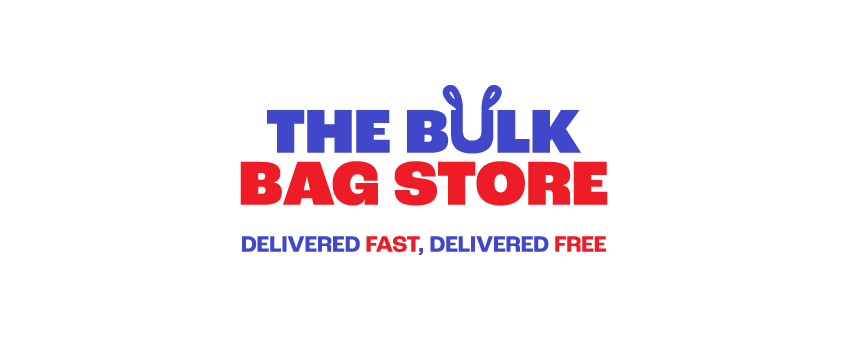In an increasingly competitive business world, where consumers are always looking for the next big thing, the hyper-personalisation of industrial packaging looks set to play a major role in helping companies get ahead of the competition. While it might initially seem an expensive proposition for manufacturers to repeatedly redesign their industrial packaging, there are benefits which far outweigh any risks or initial financial outlay.
The benefits of hyper-personalisation
There are several benefits for businesses when it comes to the hyper-personalisation of industrial packaging, no matter what part of the supply chain they work in, including:
– Customer engagement: Different packaging can invoke a different response from a consumer who has been used to seeing a product packaged in a certain way for quite a while. It catches their eye and helps start a conversation, potentially on social media, which can raise a brand’s profile and increase sales. Linking a product to another that has a following, a movie tie-in for example, can help attract new customers, as can one that acts as a call to action.
– Attractive products: Changing the packaging of a product can make it much more appealing to the consumer, meaning they are more likely to buy it. This will help a business attract new customers and maintain their existing customer base by sending a message that the brand is forward thinking and always looking to do something new. By making a range of different products, they may become collectors’ items or highly sought after, meaning people seek them out rather than waiting till they come across them on a store shelf.
– Increased sales: New packaging, especially when it stands out from the crowd, can encourage people who have never tried a product before to do just that, increasing sales in the short-term and, if you are able to retain this new customer base, the long-term too.
How does hyper-personalisation work?
Hyper-personalisation is possible thanks to new technologies, such as 3D printers, which allow manufacturers to package products in a way that wouldn’t have been possible even a few years ago. PepsiCo, for example, partnered with Marvel Studios to produce specially printed cans for the release of the movie Black Panther, each shaped like the head of one of the main characters. This was only possible thanks to the use of 3D printing. Without it, the cans would have needed to be made from over 200 individual parts, which is just not possible to do efficiently or effectively.
What does this mean for the sector?
As companies begin to look at hyper-personalisation as the norm rather than an exception, it is likely to impact every stage of the supply chain. Bulk bags (also known as FIBC bags), for example, could be designed not just with a company logo printed on them, but in ways that sell the products they are transporting, helping engage the customer from the moment they leave the warehouse to the moment they arrive at the distributor.
Hyper-personalisation is something that is likely to be seen more and more as digital printing develops further, and consumer demand for something that looks and feels different continues to increase, meaning the possibilities for industrial packaging, including bulk bags, are endless.
